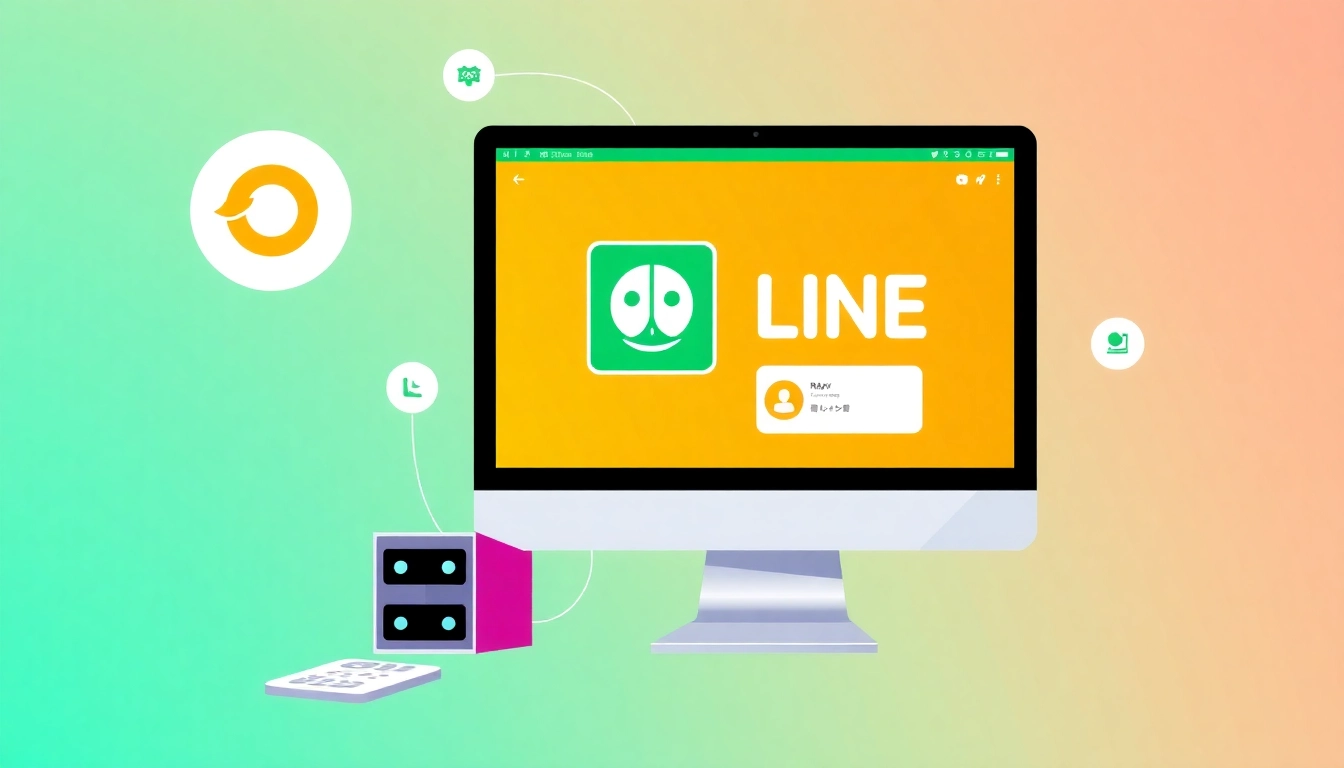Understanding the Basics of Website Design
Website design is a multifaceted field that encompasses various skills and disciplines related to the production and maintenance of websites. It includes aspects such as web graphic design, user interface design, and the coding that underpins these components. In an age where digital presence is paramount, understanding website design can set a business apart. Engaging in effective website design makes a substantial difference in attracting and retaining visitors.
What is Website Design?
Website design involves the planning, conceptualization, and arrangement of content intended for the internet. A good website design not only addresses aesthetic concerns but also emphasizes usability and functionality. From layout and color schemes to fonts and images, each element plays a crucial role in creating a cohesive user experience. Designers usually work with front-end code such as HTML, CSS, and JavaScript, ensuring that the visual aspects of a website align with technical performance.
Key Elements of Effective Website Design
To create an engaging website, several key elements must be considered:
- Layout: How information is arranged and organized on a page affects both aesthetics and usability.
- Color Scheme: The color palette should reflect the brand identity while facilitating easy navigation.
- Typography: The choice of fonts affects readability and the overall mood of the site.
- Imagery: Quality images enhance visual appeal and can convey messages more effectively than text alone.
- Navigation: A clear and intuitive navigation structure enables users to find information quickly.
Importance of User Experience in Website Design
User experience (UX) is about enhancing visitor satisfaction by improving the usability, accessibility, and pleasure provided in the interaction with the website. A well-structured website that takes UX into account not only retains visitors longer but can also lead to higher conversion rates. Essential UX considerations include:
- Responsive Design: Websites must perform seamlessly across various devices, from desktops to mobile phones.
- Loading Speed: Slow-loading websites can frustrate users, leading to higher bounce rates.
- Accessibility: Ensuring that users with disabilities can navigate easily is not just a regulatory requirement but also broadens the audience base.
Essential Tools for Website Design
The selection of the right tools can greatly enhance the design process. Various software and platforms offer a range of functionalities—from design to implementation. Here’s a look at some top tools and methods.
Top Design Software Options
Design software varies considerably in terms of complexity and capabilities. Some popular tools include:
- Adobe XD: Great for wireframing and prototyping, allowing designers to create user flows and interactive designs.
- Sketch: Particularly popular among UI designers for its ease of use in creating high-fidelity interfaces.
- Figma: A collaborative interface design tool, enabling multiple users to work on a project simultaneously.
Utilizing Templates for Quick Development
For those who may lack extensive design skills, templates can be an invaluable resource. Platforms offer a variety of templates that can be customized to fit specific brand needs. While starting from scratch can be rewarding, templates can significantly accelerate the development process by providing a solid foundation to build upon.
Integrating Graphic Design into Website Design
Graphic design plays an essential role in website design through the creation of visual elements like logos, icons, and banners. Incorporating graphic design ensures that a website not only represents a brand’s identity visually but also adds to the overall user experience. Good graphic design can evoke emotions and establish a connection with users, which can ultimately lead to higher engagement rates.
Best Practices for Responsive Website Design
Responsive design refers to a web approach that creates a seamless experience across a multitude of devices. Given the increasing usage of mobile devices for internet browsing, adopting a responsive design is no longer optional—it’s essential.
Designing for Various Devices
Designing responsively means that elements on a webpage should adjust to various screen sizes and orientations. Key considerations include:
- Flexible Grids: A grid-based layout can shift to accommodate different screen widths.
- Media Queries: Using CSS media queries ensures that styles change based on device characteristics, such as width.
- Fluid Images: Images must resize within the confines of their containing elements to avoid overflow or awkward cropping.
Testing Website Design on Multiple Platforms
After launching a website, it’s crucial to test it on various devices and browsers. This ensures consistent performance and experience. Tools such as BrowserStack allow designers to view and test their websites across a multitude of platforms.
Optimizing Speed and Performance
Website speed is a critical metric that impacts user experience, search engine rankings, and conversion rates. Optimize your website’s speed through various practices, such as:
- Minifying resources: Reduce the size of CSS, JavaScript, and HTML files.
- Image optimization: Use appropriate formats and compression levels to ensure fast loading without sacrificing quality.
- Caching: Utilize caching techniques to reduce loading times for returning users.
Advanced Techniques in Website Design
As the web evolves, so too must our techniques. Advanced design strategies can lead to improved user engagement and satisfaction.
Incorporating SEO into Website Design
Search engine optimization (SEO) is an integral part of website design that cannot be overlooked. It goes beyond keywords and incorporates website structure, meta tags, and responsive design elements, to ensure search engines can effectively crawl and index the site. Key SEO design best practices include:
- URL Structure: Use descriptive, keyword-rich URLs.
- Alt Text for Images: Including alt text improves accessibility and allows search engines to index images properly.
- Mobile Friendliness: Google prioritizes mobile-optimized websites in its rankings.
Utilizing Analytics for Design Improvements
Analytics tools such as Google Analytics provide insight into how users interact with your website. By studying user behavior, designers can make data-driven improvements, ultimately enhancing the user experience. Common metrics to observe include:
- Bounce Rate: A high bounce rate can indicate poor user experience or irrelevant content.
- Session Duration: Longer session durations often indicate compelling content and design.
- User Flow: Understanding how users navigate through the site can illuminate any navigation hurdles that exist.
Accessibility Considerations in Website Design
Accessibility is essential for inclusivity in website design. It ensures that all users, including those with disabilities, can access and navigate the site. Key considerations include:
- Keyboard Navigation: Ensure all functionalities can be accessed via keyboard.
- Color Contrast: Adequate contrast ratios improve readability for users with visual impairments.
- Screen Reader Compatibility: Utilize ARIA (Accessible Rich Internet Applications) roles and properties to assist users with screen readers.
Future Trends in Website Design
As technology advances, so do the trends in website design. Being aware of emerging trends can position a brand to better appeal to its target audience.
Emerging Technologies Shaping Website Design
Technologies like artificial intelligence (AI), augmented reality (AR), and machine learning are transforming the design landscape. AI can help analyze user interactions and automate design processes, while AR can provide immersive experiences on the web. As these technologies mature, designers will need to adapt to leverage their full potential.
Designing for User Preferences and Behaviors
Understanding user behavior through data is crucial for effective design. Personalization—tailoring websites to meet individual user preferences—can significantly enhance user satisfaction. Utilizing data to understand patterns in user interaction is a powerful strategy moving forward.
The Evolution of Website Design Aesthetics
Design aesthetics are influenced by cultural shifts, technological advancements, and user expectations. Minimalism, for example, is a trend that continues to prevail as users seek simplicity and functionality. Staying ahead of aesthetic trends ensures a website remains relevant and engaging.


